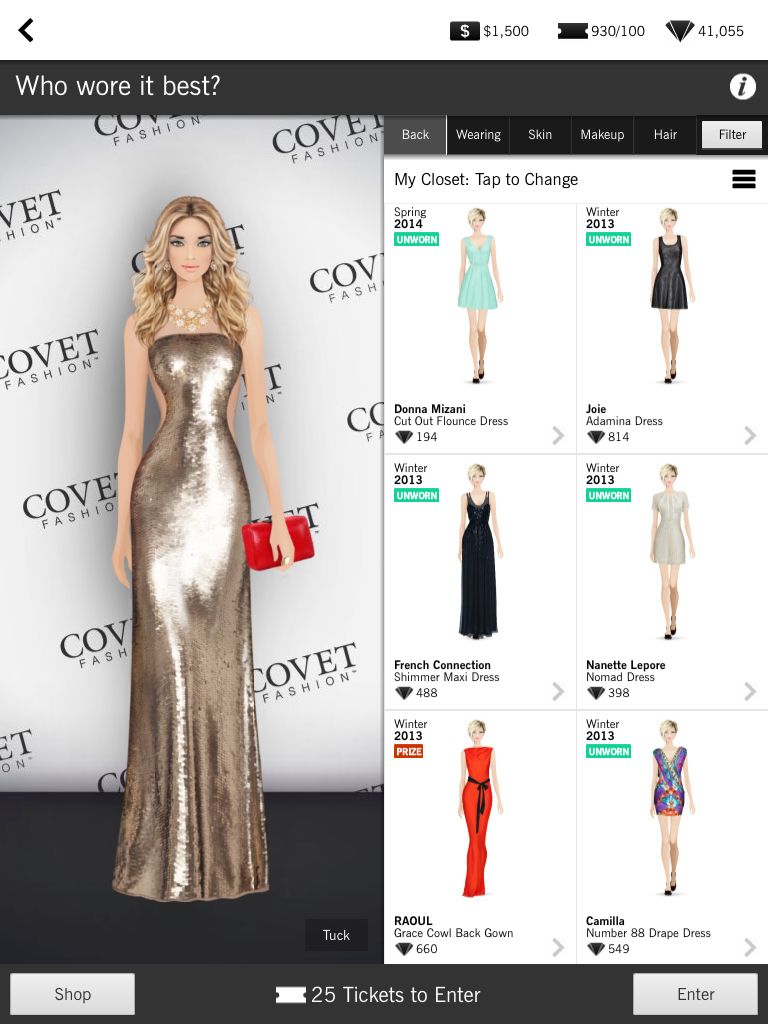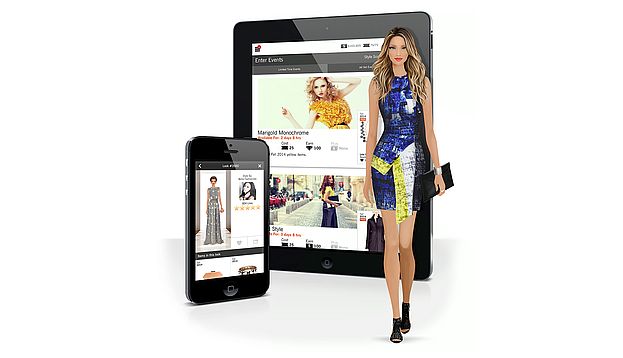The expansion of the game market to include every demographic has led to some interesting opportunities. Blockbuster games have been created for action fans— primarily male. Is there an equivalent market for blockbuster games aimed at females That’s quest that’s driving CrowdStar Games, and its Covet Fashion game is well on its way to creating the answer.
CrowdStar was founded in 2008, relates CEO Jeffrey Tseng, and initially made its mark creating games for Facebook like Happy Aquarium and Happy Pets. Those games were focused on the female audience, and along with other Facebook games found success in providing a gaming experience that women enjoyed. CrowdStar has since moved on to creating primarily mobile games, and along with that “We’ve started to focus on females, and really on women as our core audience,” relates Tseng, “and this is where we see an incredible opportunity and blue ocean that other people haven’t captured or realized is there.”
 Jeff Tseng
Jeff Tseng
Tseng explains how CrowdStar’s vision to focus on women came about. “If you look at the game space there’s a lot of games focused on the male audience, which have high revenue per user, ” said Tseng. “You also have a pretty big casual market, which is tilting more towards women but with a low revenue per install. But if you look at the giants of the male gaming side, like Call of Duty or Game of War or League of Legends, what are the analogous games for women There really aren’t any.”
Therein lies an opportunity that CrowdStar aims to grasp. Doing that required them to start from the basics, though, and the company’s done this over six years through over thirty games. “I’ve continued to unlearn what I knew in terms of gaming in order create products which really could hit this blue ocean market of women,” said Tseng. “Cutting down the fundamentals what a product is until it was really based on the fundamental differences in needs and wants and desires of women rather than men. For male games a lot of what you’ll see is domination and killing — if you win I lose. What we’re seeing for women is more collaborative and expressive.”, and CEO Jeff Tseng.
What is Covet Fashion, exactly “We call it a game, but many people who play it don’t call it a game,” said Tseng. “Over 150 real fashion brands represented in there, and when they release every season, four times a year, we get their latest releases and put virtual versions of them in the game. You virtually shop and fill out a closet, and every day there are six events that run — they could be a Black & White ball, a first date — there are different restrictions, there are style challenges. You shop, you dress, you submit your look, and other users vote on that look and you get a score back that shows what the other women in the game thought of your look. It’s a competitive styling game with real fashion.”
That integration with real brands is a fascinating angle where game design meets brand placement. It’s a mutually beneficial arrangement, to be sure. The fashion brands get exposure in a highly engaged way, and of course CrowdStar gets the benefit of using the very latest real goods and brands. For the target audience, the appeal is clear — why not do some shopping and see how things look when you put them together, and how other women respond, before you spend a dime?
The response to the game has been tremendous. “The product has been out for a year and a half, and over that time we’ve continuously increased the engagement, and increased the performance of the product,” Tseng said. “At this point the game is running ten times more revenue per install than our previous titles. I would guess we’re really only 30 percent there in terms of completing this product. We’ve doubled our company’s revenue over year over year from 2013 to 2014, we’re going to do another two to three times that this year, and I would say we’re just now beginning to think about really scaling the product.”

The brands featured in Covet Fashion have been delighted with the product. “Our brands are really pleased,” said Blair Ethington, who’s heading the brands team for Covet Fashion. “For them the amount of work it takes is really minimal. The just send us their notebooks or line sheets a couple of months before every season. We render them, and they get final approval before the app goes live.”
The numbers that CrowdStar is tracking show some solid effects for the brands. “In the app there’s a link to the brand’s e-commerce,” noted Ethington. “For some of our brands we have tracking hooked up so we know how many conversions we’re driving, and we’ll drive anywhere from 5 percent to 10 percent of their e-commerce. They’re excited because for now it’s a free partnership, we don’t charge them anything to participate. We benefit from having their name in the app and they get an enormous amount of traffic. For some of our brands we’ve increased their e-commerce traffic by 30 percent to 50 percent. They see huge value in it, and they also get a lot of repeat purchases.”
One clear indication of a game’s engagement level with the players is the community. Is the community for Covet Fashion active “That’s an understatement,” said Tseng. “This community is way more engaged than any game that we’ve ever done. They are so passionate, so engaged, very opinionated, and they let us know about it. It speaks to the product and the tie-ins to real life. The style score in the game is very much a valid reflection of their ability to style, and the way that the events run, in being timed consistently, there’s a lot to talk about. It all contributes to an engaged community.”
Tseng noted that there’s plenty of room for growth left, with a long list of features they’d still like to put into the product as well as new geographic locations they’d like to take advantage of. “We already cover jewelry, and we’re definitely looking into makeup and hair,” said Tseng. That effort is already under way. “We’re already talking to some of the makeup companies out there, and they are definitely very interested,” said Ethington.

